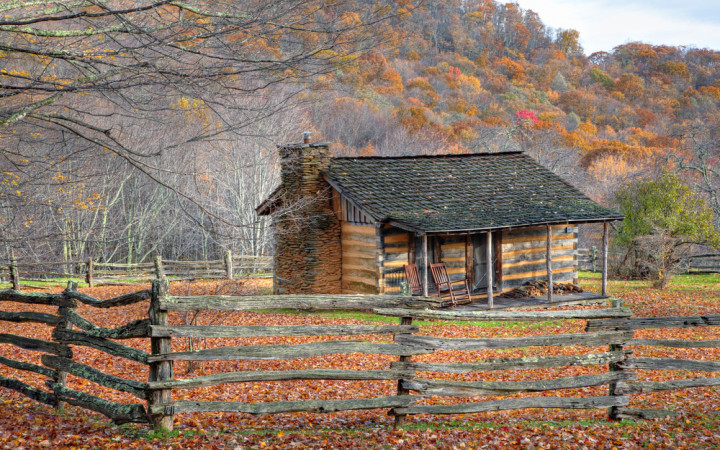Would you have liked to have lived back in the pioneer days? Sure, it would have been neat to have been friends with Abraham Lincoln. But life wasn't always easy back then.
Pioneers didn't have all the modern comforts that we have today. Running water was available…if you had a running stream or river nearby! Cooking took place over an open fire. And houses? They were often homemade cabins made with rough logs.
If you've ever been to the mountains, you may have stayed in a log cabin. Of course, most log cabins today can be built with all the conveniences of any modern home. In fact, many people prefer them because of their rustic charm and natural beauty.
But back in the day, they could be a chore to build. Have you ever WONDERed how the old pioneers went about building their log cabin homes?
Unlike modern log homes, most pioneer log cabins were simple one-story structures that often consisted of only one room. They were often built as temporary shelters when first arriving in an area.
Most pioneer log cabins were made with basic round logs. Today, modern log homes are built with hand-worked — called hewn — logs that fit together more securely than simple round logs.
Historians believe log cabins may have gotten their start in Northern Europe and Scandinavia. When these peoples began to settle the Americas, they brought their traditions of building log cabins with them.
Early settlers probably made their first log cabins by simply stacking tree trunks one on top of another and overlapping the trunks at the corners. Over time, their building processes got more sophisticated. For example, they eventually created interlocking corners by cutting notches in the ends of the logs.
To make their log cabins warmer and resistant to bad weather, settlers would fill the cracks between logs with mud or moss (called daubing) or sticks and rocks (called chinking). Fortunately, the insulating properties of wood tended to make log cabins cozier than wooden huts covered with animal skins.
Log cabin builders would look for the tallest, straightest trees they could find. These were often pine and spruce trees, which were readily available in large numbers in the forests that covered the unsettled frontier.
As people began to grow in their experience with building log cabins, they developed better tools to help in construction. Over time, a family could build a new log cabin from the ground up in just a few days.
Since most log cabins were not meant as permanent dwellings, not many old log cabins still exist. When English settlers began to come to America, they often built more traditional houses and converted existing log cabins to outbuildings to be used as animal shelters or sheds.
Today, many kids enjoy building their own miniature log cabins with toys called Lincoln Logs. These toys are notched dowel rods that resemble small logs. They're supposedly named after Abraham Lincoln, who was born in a log cabin in Kentucky and grew up in another log cabin in Indiana.




